kyoto shrines new access
Kyoto Shrines Unveiled: A Rare Glimpse into Sacred Spaces

Tokyo Terry
Posted on May 29, 2025
Share:
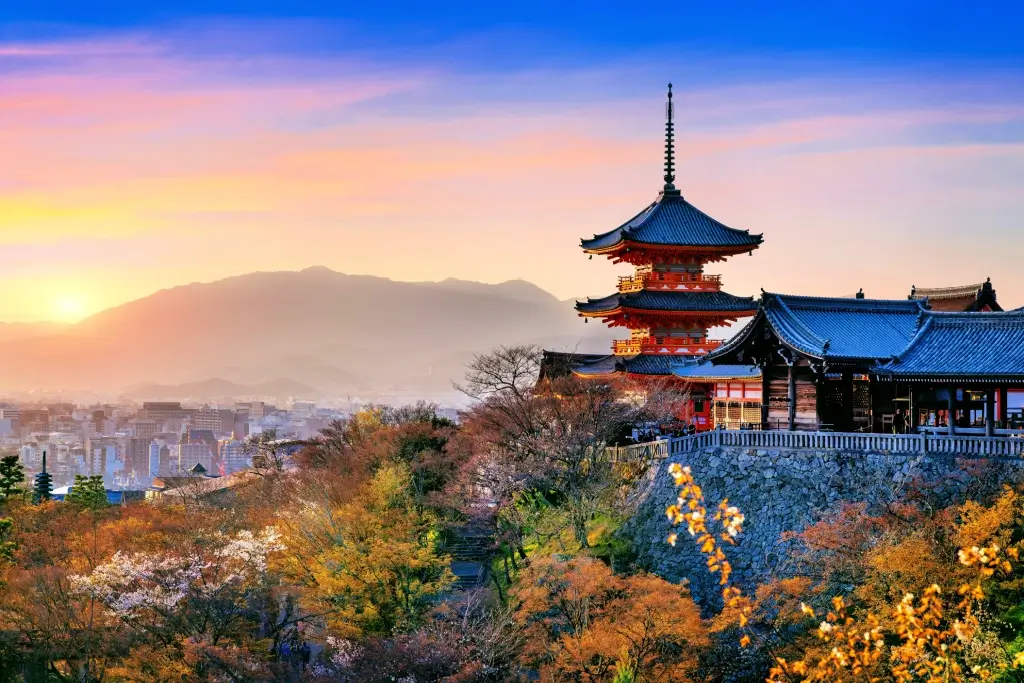
Before Tokyo, Kyoto was Japan’s ancient capital. Because of this legacy, it holds a treasure trove of spiritual sites that draw travelers worldwide. Kyoto shrines are home to centuries of history, and visiting them is a great way to deepen one’s understanding of ancient Japan. Several shrines have recently opened their inner halls and artifacts to the general public, marking a special moment in Japanese history and art.
It is an invitation for visitors to explore cultural items that have been hidden away for centuries. And they are all easily accessible by public transportation and reasonably priced. This is also a chance to appreciate Japan’s enduring reverence for its spiritual roots. Why is this newly granted access so significant? For those eager to connect with Japan’s traditions, this is an unmissable opportunity to witness Kyoto’s shrines in a new light.
What are Shinto shrines?
Shrines (jinja) are Shinto places of worship, distinct from Buddhist temples, that honor ancestors and the spirits of nature (kami). Hundreds are located across Kyoto’s historic landscape, ranging from grand complexes to small, uninhabited sanctuaries. Many date back centuries to the Heian period (794–1185), Their sacred halls mark them as distinct from Buddhist temples. Moreover, their iconic gates (torii) are recognizable worldwide as symbols of Japan.
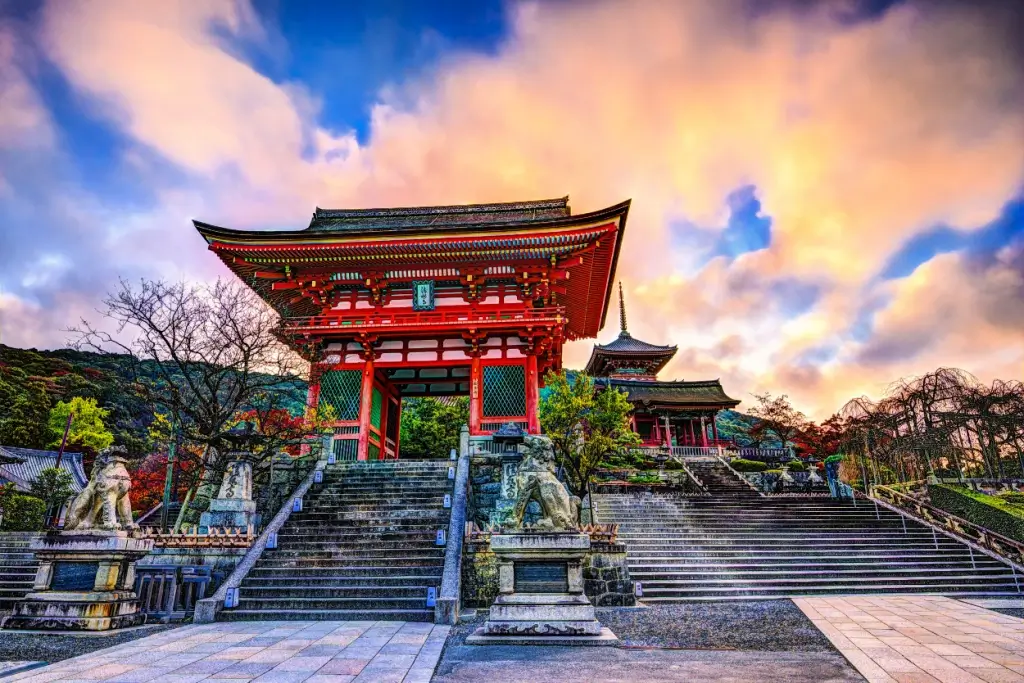
Shinto shrines in Kyoto are famous for housing rare Japanese artifacts such as statues, paintings, and ceremonial items. Many of these are designated national treasures, but are often stored away from public view because of their religious significance. However, from April 26th to May 11th, visitors can finally view these objects during a special spring event. The event spans Kyoto and nearby Yawata, offering a rare chance to see hidden cultural properties.
The Spring Exhibition’s Significance
This new access to the Kyoto Shrines is called the “Special Exhibition of Kyoto’s Hidden Cultural Properties.” During this series of exhibitions, the doors to 16 sacred sites will be open to the general public for the first time. The exhibition is also organized by the Kyoto Heritage Preservation Association and supported by The Asahi Shimbun newspaper. It is no coincidence that it is being held at this time of the year.
Kyoto’s vibrant and colorful spring represents renewal. This public display of openness by some of the country’s most spiritual sites is meant as a new beginning. It signifies that these spiritual centers are adopting a more accessible approach.
Are you looking for interesting snacks while visiting Shinto shrines? Check out Sakuraco! Sakuraco delivers traditional Japanese snacks, teas, and sweets from local Japanese makers directly to your door so you can enjoy the latest healthy treats directly from Japan!
Notable Kyoto Shrines and Temples
These locations, such as Minami and Fushimi, are spread across Kyoto’s wards. They offer a mix of art, architecture, and spiritual ambiance. Besides the objects and artifacts, the spaces that house them are must-visit spots. The exhibition is a chance to view and enter some of Japan’s most sacred inner sanctums. Fushimi Inari Taisha, in southern Kyoto, is famed for its thousands of vermilion torii gates. Kamigamojinja and Shimogamojinja, both ancient buildings, connect to Kyoto’s Heian-era roots. Konkai Komyoji and Chion-in Temples open their historic gates and study halls.

These sites are all easily reachable via Kyoto’s subway and bus networks. Fushimi Inari, near JR Inari Station, is a five-minute train ride from Kyoto Station. Toji Temple, in Minami Ward, is accessible via Kintetsu Line’s Toji Station. Kamigamojinja, in Kita Ward, is near Kitayama Station. Tickets cost around 1,000 yen for adults, but the price varies by site.
Cultural Artifacts on Display
The exhibition showcases artifacts like statues, paintings, and festival-related items, often hidden in private shrine collections. Many are important cultural properties, like a Fudo Myoo statue at Kitamukizan Fudo-in. A cedar door painting by Ito Jakuchu (1716–1800) at Enmyo-in Temple (accessible from May 1st) highlights Edo period (1603–1868) artistry.
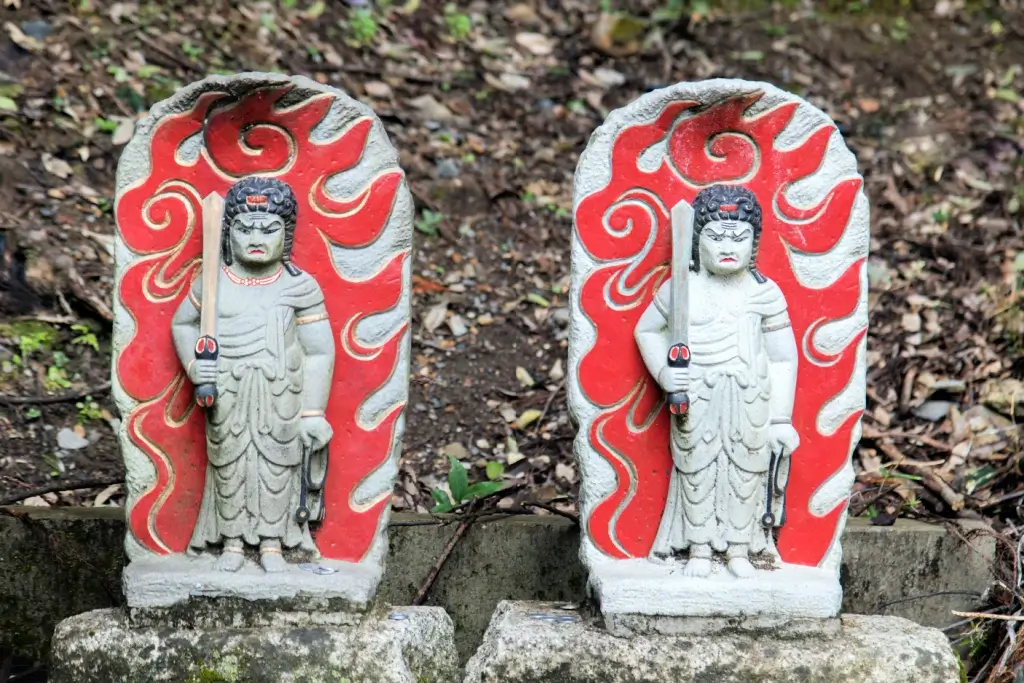
Toji Temple’s five-story pagoda, a national treasure, allows rare first-floor access. Aoi Festival items, tied to one of Kyoto’s three major festivals, are displayed in Minami Ward. Some locations, such as Shokado Garden and Art Museum, are often less crowded, making for more serene visits.
Why is new access to these Kyoto Shrines important?
This new access is important because it directly supports ongoing cultural preservation. Moreover, preserving Kyoto’s shrines and artifacts ensures their survival for future generations. Many of the sites themselves were built centuries ago. They require constant upkeep due to the effects of aging and weathering.
The Kyoto Heritage Preservation Association will use the exhibition revenue for these repairs. The revenue also protects the national treasures themselves. Jakuchu’s paintings, for example, require a team of specialists for their upkeep. These efforts reflect Japan’s dedication to its historical and spiritual legacy.

This rare access connects Japan’s past with its present by allowing it to be appreciated by the masses. It is a chance for average visitors to view tangible links to the country’s spiritual and artistic roots. The pieces, the temples, and shrines blend history, art, and spirituality, creating a unique experience for visitors. And the event’s limited nature adds a sense of urgency that draws even more patrons to engage with these traditions. This access reveals and celebrates Kyoto’s historical richness, strengthening its role as a cultural beacon.
Which is your favorite shrine in Kyoto? Is there any particular artifact that you are especially interested in viewing? Do you know any interesting facts associated with the history or maintenance of these buildings and their contents? Share your thoughts below and start a conversation!
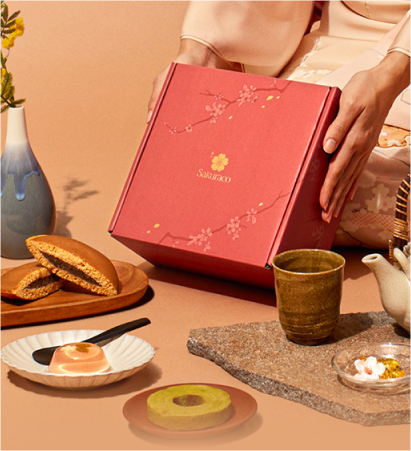
Discover authentic flavors with Sakuraco
Get Sakuraco 

Discover authentic flavors with Sakuraco
Get Sakuraco 
Related Articles
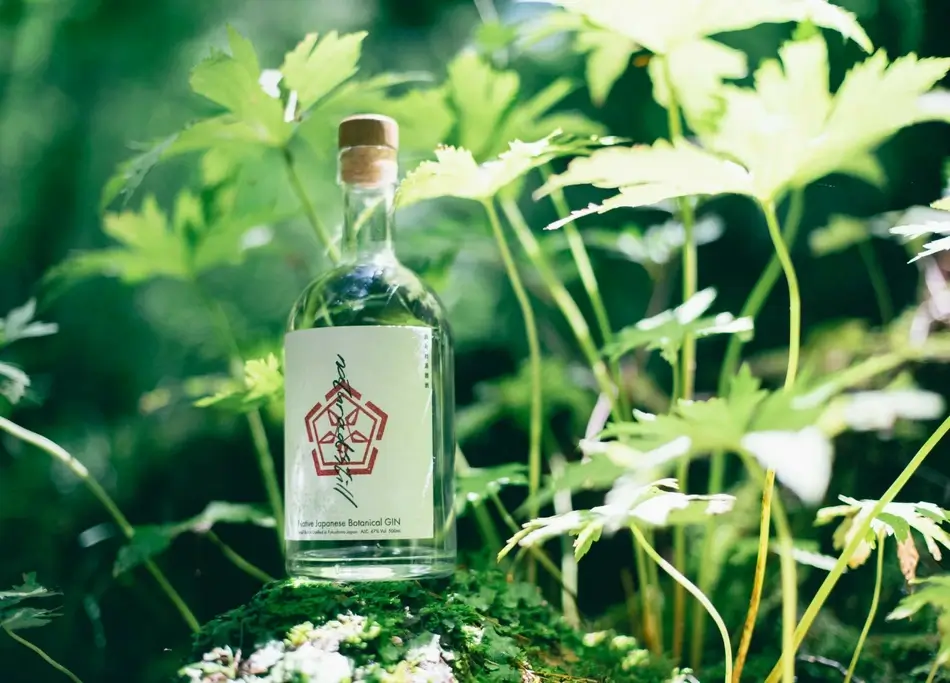
Japanese Gin: How a New Distillery Is Redefining Craft Spirits
Japanese gin has gained popularity due to the use of local ingredients and meticulous production methods by many distilleries. A new gin from Fukushima is adding momentum to this trend by focusing on the region’s water and native plants.

Shuri Castle Receives Partial Restoration in 2025
Shuri Castle, an iconic symbol of Okinawa’s Ryukyu Kingdom heritage, has long captivated the hearts of both locals and visitors. Located in the vibrant city of Naha, Okinawa, the castle’s bright vermilion walls and graceful architecture tell the story of a unique kingdom that flourished independently for centuries.
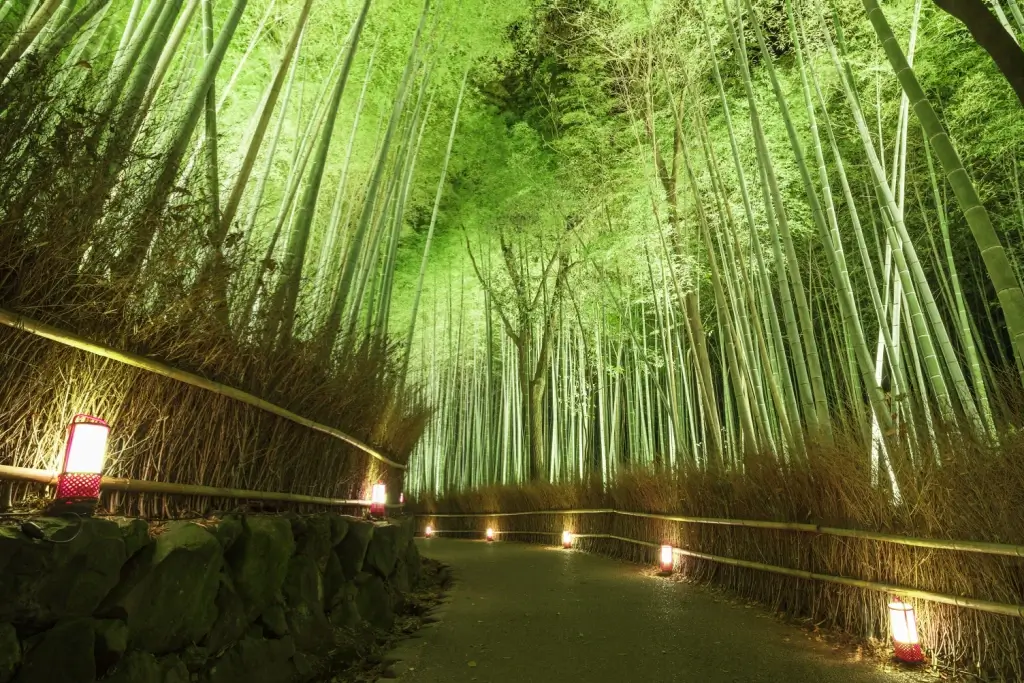
Kyoto Bamboo Forest Light Show: Illuminating Tradition and Nature
Every autumn, Kyoto’s Arashiyama Bamboo Grove (also known as the “Kyoto Bamboo Forest”) has mesmerized visitors with its mysterious charm and soothing atmosphere. The bamboo light show has returned in 2025 after a four-year break caused by the pandemic.
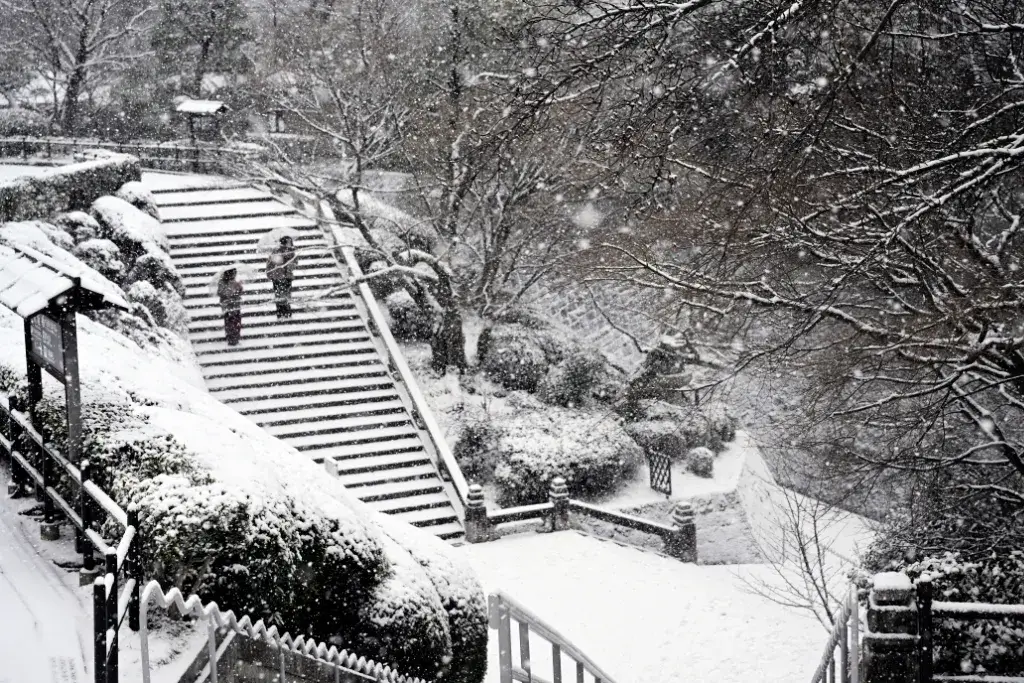
Japan Winter Came Too Early: Should We Be Worried?
Typically, late November brings cool days, with dipping temperatures around 10 to 15°C (50–59°F) in many regions. This year, though, things feel different. Because of these changes, many people are asking: Did Japan’s winter really arrive too soon?



